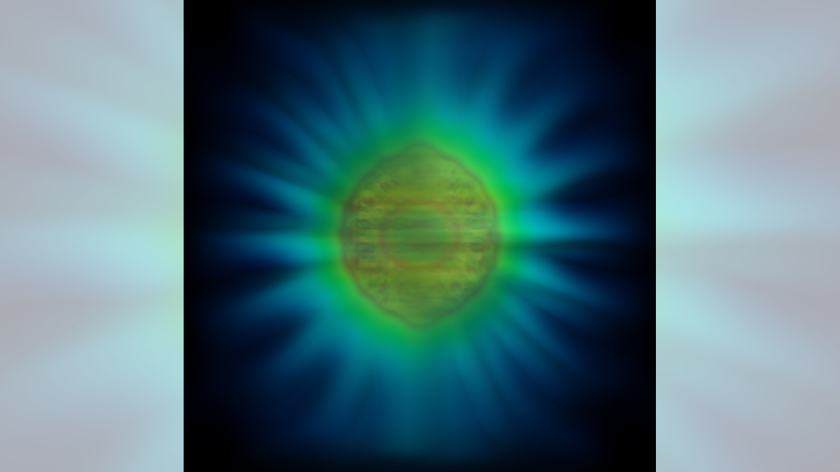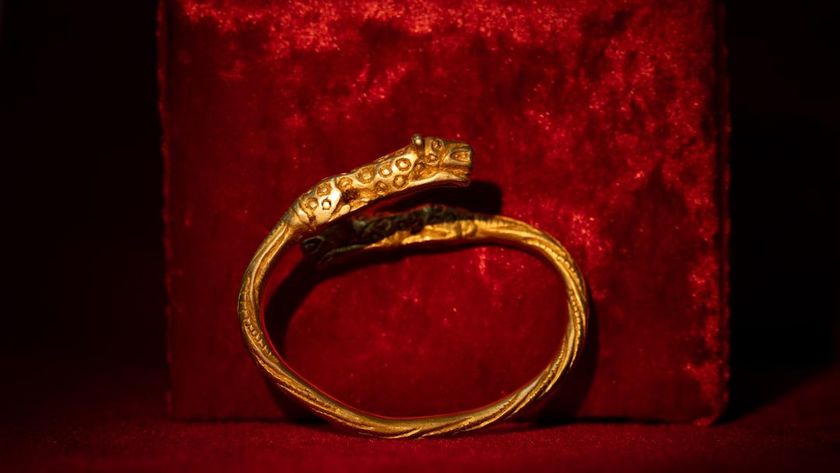Cram Session: Quantum Computing in 200 Words
In this series, Life's Little Mysteries explains complex subjects in exactly 200 words.
Ordinary computers manipulate "bits" of information, which, like light switches, can be in one of two states (represented by 1 or 0). Quantum computers manipulate "qubits": units of information stored in subatomic particles, which, by the bizarre laws of quantum mechanics, may be in states |1> or |0>, or any "superposition" (linear combination) of the two. As long as the qubit is left unmeasured, it embodies both states at once; measuring it "collapses" it from the superposition to one of its terms. Now, suppose a quantum computer has two qubits. If they were bits, they could be in only one of four possible states (00,01,10,11). A pair of qubits also has four states (|00>,|01>,|01>,|11>), but it can also exist in any combination of all four. As you increase the number of qubits in the system, you exponentially increase the amount of information they can collectively store. Thus, one can theoretically work with myriad information simultaneously by performing mathematical operations on a system of unmeasured qubits (instead of probing one bit at a time), potentially reducing computing times for complex problems from years to seconds. The difficult task is to efficiently retrieve information stored in qubits — and physicists aren't there yet.
Follow Natalie Wolchover on Twitter @nattyover. Follow Life's Little Mysteries on Twitter @llmysteries, then join us on Facebook.
Sign up for the Live Science daily newsletter now
Get the world’s most fascinating discoveries delivered straight to your inbox.
Natalie Wolchover was a staff writer for Live Science from 2010 to 2012 and is currently a senior physics writer and editor for Quanta Magazine. She holds a bachelor's degree in physics from Tufts University and has studied physics at the University of California, Berkeley. Along with the staff of Quanta, Wolchover won the 2022 Pulitzer Prize for explanatory writing for her work on the building of the James Webb Space Telescope. Her work has also appeared in the The Best American Science and Nature Writing and The Best Writing on Mathematics, Nature, The New Yorker and Popular Science. She was the 2016 winner of the Evert Clark/Seth Payne Award, an annual prize for young science journalists, as well as the winner of the 2017 Science Communication Award for the American Institute of Physics.



